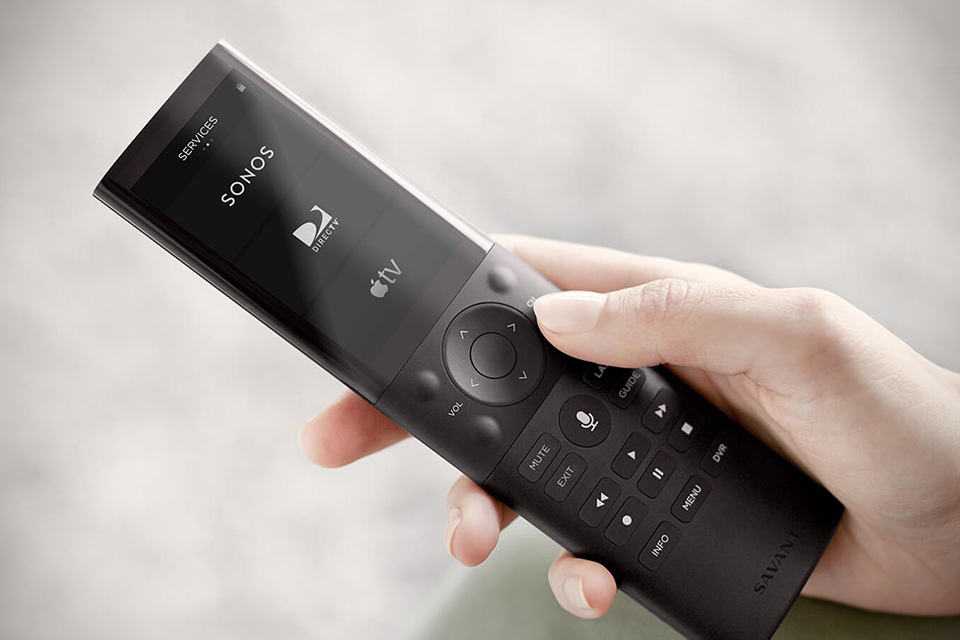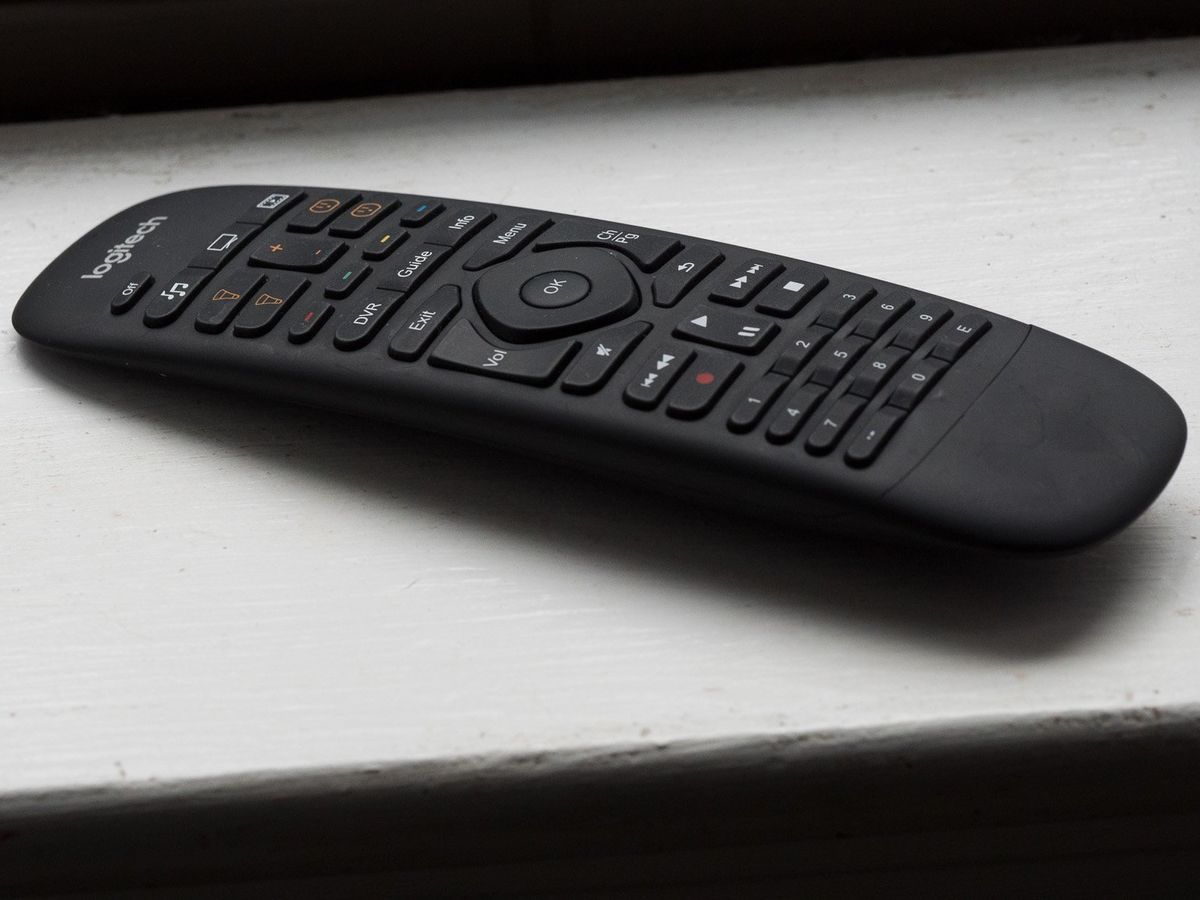

#Dragonbox remote hit several times code
So, an attack designed to disrupt rolling code generation would not stop someone in possession of a functional key fob from starting the vehicle once they were inside it.

The person with the key fob may be annoyed at how unreliable it seems to be, but would be unlikely to perceive anything wrong. Someone who puts a jammer near a receiver and has their own receiver nearer a person's key fob could capture a few transmissions while preventing the receiver from hearing them, and then transmit the first code they receive. If someone uses the same key fob button to operate two garages, someone who receives the code sent at one garage and relay it to someone at the other garage and use it any time before the original owner next uses his fob. The bigger problem with rolling codes is that they have no immunity against passive relay or jam and replay attacks. Pushing the button 32768 times would cause a fob to become sufficiently desynchronized as to be useless, but only if the battery lasted that long.Īs payload sizes have increased, the need to have a tight window has decreased. It has always bothered me that such an attack is possible, and yet I have never heard of anyone performing it, which makes me doubt that I have understood this completely.Ī typical rolling code fob from a decade ago which used a 64-bit payload would unlock if it received one code that was within 16 of what it was expecting, or two consecutive codes that were within 32768 of what it was expecting and adjacent to each other. So, if a friend gets drunk in a pub, I can make sure they can't drive home by rapidly pressing their car remote 300 times while they are in the bathroom. This obviously relies on access to the key fob, but not when the car is close - which is a time the user may be less vigilant. perform a denial of service attack on the owner) by pressing the button at least 256 times while out of the range of the car. If my understanding is correct, it is possible to render a key fob useless (i.e. I have heard of one system that allowed a window of up to 256, but I don't know if that number is correct and whether it is typical. the button pressed when out of range - so the receiver actually accepts any of the next few secrets in the sequence. There is a risk that a transmission maybe lost - e.g. Meanwhile, the receiver in the car tracks (for each key fob it recognises) what it expects the next secret to be, and only unlocks if it receives the correct code.

My understanding of remote car key fobs, and similar security devices with rolling codes, is that the key device is a transmitter that, each time the button is pressed, sends the next secret in a known sequence that is unique to the key.


 0 kommentar(er)
0 kommentar(er)
